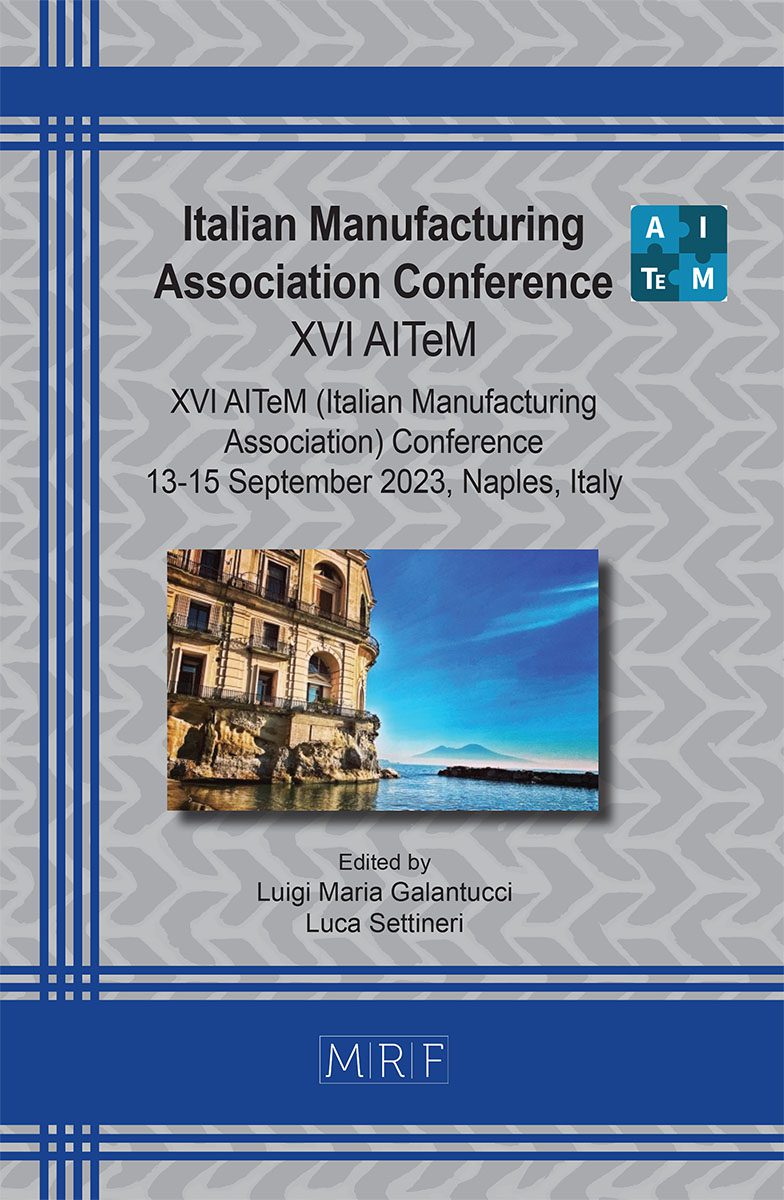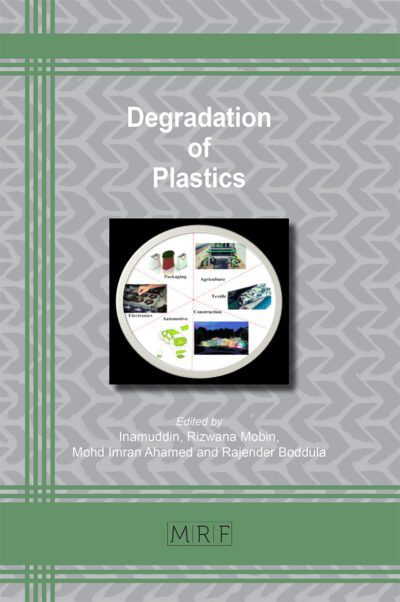Additive foam manufacturing
Luca Landolfi, Andrea Lorenzo Henri Sergio Detry, Daniele Tammaro, Massimiliano Maria Villone, Pier Luca Maffettone, Antonino Squillace
download PDFAbstract. Traditional foams manufacturing processes are used to create quickly and cost-effectively high-strength and low-weight structures; lately there have been efforts to produce foams in Additive Manufacturing (AM), making it possible to produce free-form foamed structures. One of the biggest advantages of the additive foam manufacturing (AFM) technique proposed in this paper is the use of a physical blowing agent (PBA), which, as opposed to a chemical blowing agents (CBA), can be used to foam almost any thermoplastic polymer without modifying its chemical properties, resulting in a polymer life-cycle advantage, especially from the recycling point of view. The research being presented aims to investigate the effect of process parameters on the microstructure and properties of 3D printed physical foams, in terms of density, dimensions and mechanical properties.
Keywords
Material Extrusion, Polymers, Design Optimization
Published online 9/5/2023, 7 pages
Copyright © 2023 by the author(s)
Published under license by Materials Research Forum LLC., Millersville PA, USA
Citation: Luca Landolfi, Andrea Lorenzo Henri Sergio Detry, Daniele Tammaro, Massimiliano Maria Villone, Pier Luca Maffettone, Antonino Squillace, Additive foam manufacturing, Materials Research Proceedings, Vol. 35, pp 111-117, 2023
DOI: https://doi.org/10.21741/9781644902714-14
The article was published as article 14 of the book Italian Manufacturing Association Conference
![]() Content from this work may be used under the terms of the Creative Commons Attribution 3.0 license. Any further distribution of this work must maintain attribution to the author(s) and the title of the work, journal citation and DOI.
Content from this work may be used under the terms of the Creative Commons Attribution 3.0 license. Any further distribution of this work must maintain attribution to the author(s) and the title of the work, journal citation and DOI.
References
[1] Lee, S-T., and Chul B. Park, eds. Foam extrusion: principles and practice. CRC press, 2014.
[2] Ambekar, R. S., Kushwaha, B., Sharma, P., Bosia, F., Fraldi, M., Pugno, N. M., & Tiwary, C. S. (2021). Topologically engineered 3D printed architectures with superior mechanical strength. Materials Today, 48, 72-94.
[3] Lakes, R. (1993). Materials with structural hierarchy. Nature, 361(6412), 511-515.
[4] Perricone V et al. 2022 Hexagonal Voronoi pattern detected in the microstructural design of the echinoid skeleton. J. R. Soc. Interface 19: 20220226.
[5] Kwang-Min Park, Kyung-Sung Min1and Young-Sook Roh, 2021, Design Optimization of Lattice Structures under Compression: Study of Unit Cell Types and Cell Arrangements
[6] Tammaro D, Detry ALHS, Landolfi L, et al. Bio-Lightweight Structures by 3D Foam Printing. 2021: 47-51.
[7] Nofar M, Utz J, Geis N, Altstädt V, Ruckdäschel H. Foam 3D Printing of Thermoplastics: A Symbiosis of Additive Manufacturing and Foaming Technology. Advanced Science 2022; 9(11): 2105701
[8] Bellini A, Gu ceri S, Bertoldi M. Liquefier Dynamics in Fused Deposition. Journal of Manufacturing Science and Engineering 2004; 126(2): 237-246.
[9] Behdani, B.; Senter, M.; Mason, L.; Leu, M.; Park, J. Numerical Study on the Temperature-Dependent Viscosity Effect on the Strand Shape in Extrusion-Based Additive Manufacturing. J. Manuf. Mater. Process. 2020, 4, 46. https://doi.org/10.3390/jmmp4020046
[10] Fan C, Wan C, Gao F, et al. Extrusion foaming of poly(ethylene terephthalate) with carbon dioxide based on rheology analysis. Journal of Cellular Plastics. 2016;52(3):277-298. https://doi.org/10.1177/0021955X14566085
[11] De Rosa, S.; Tammaro, D.; D’Avino, G. Experimental and Numerical Investigation of the Die Swell in 3D Printing Processes. Micromachines 2023, 14, 329. https://doi.org/10.3390/mi14020329
[12] Wong, S., Lee, J.W.S., Naguib, H.E. and Park, C.B. (2008), Effect of Processing Parameters on the Mechanical Properties of Injection Molded Thermoplastic Polyolefin (TPO) Cellular Foams. Macromol. Mater. Eng., 293: 605-613. https://doi.org/10.1002/mame.200700362
[13] https://bewi.com/products/biofoam/














